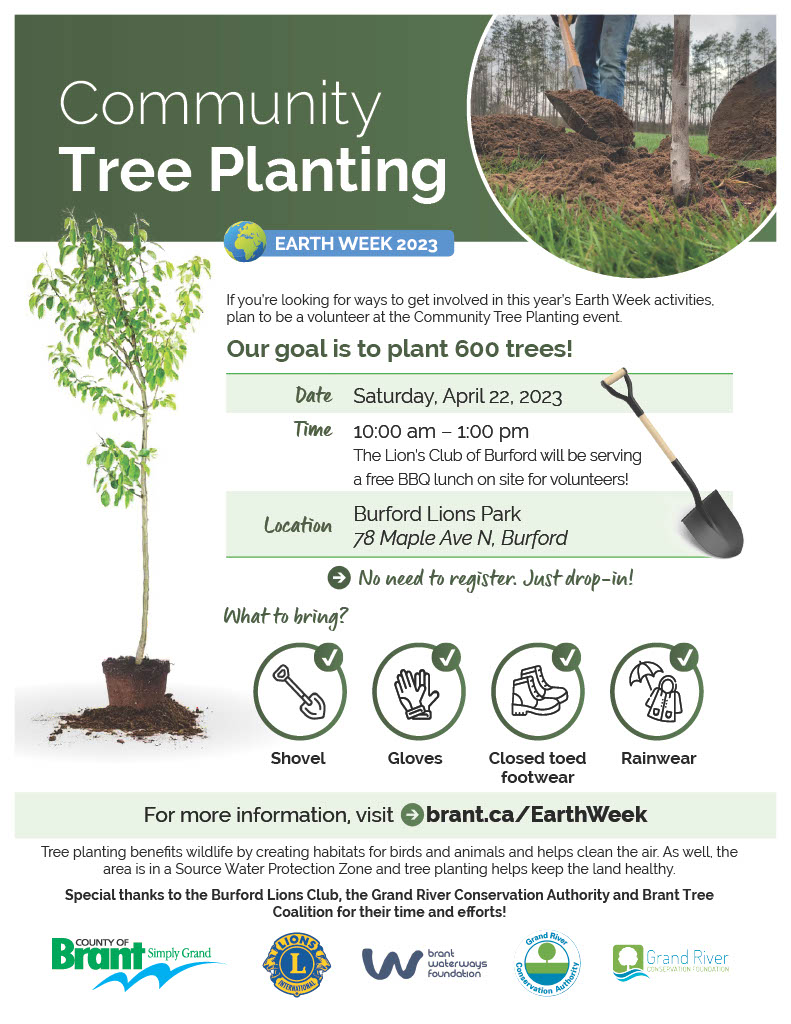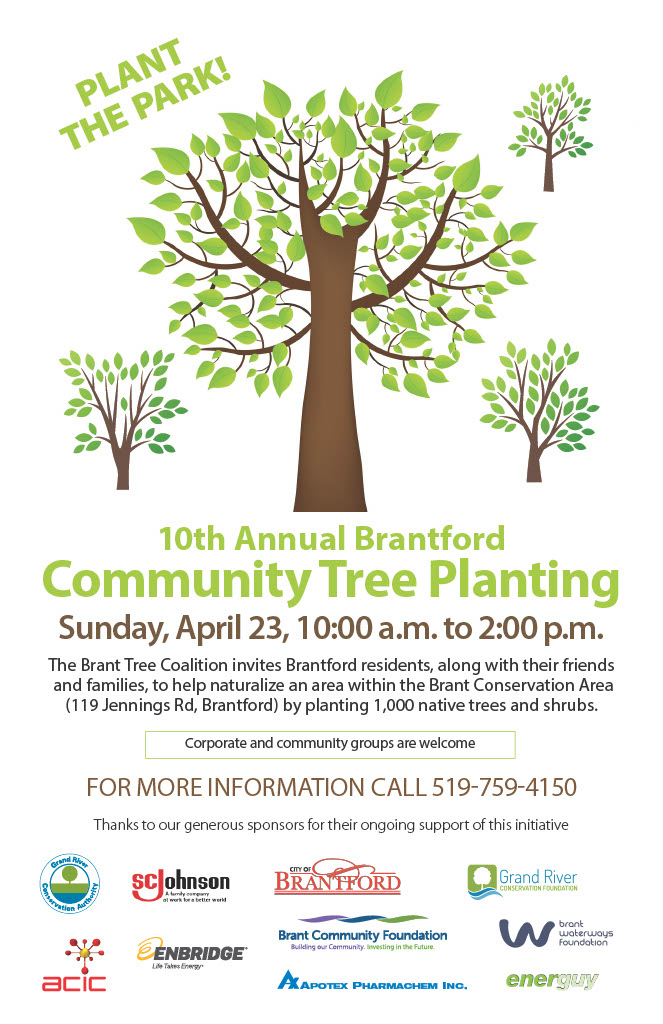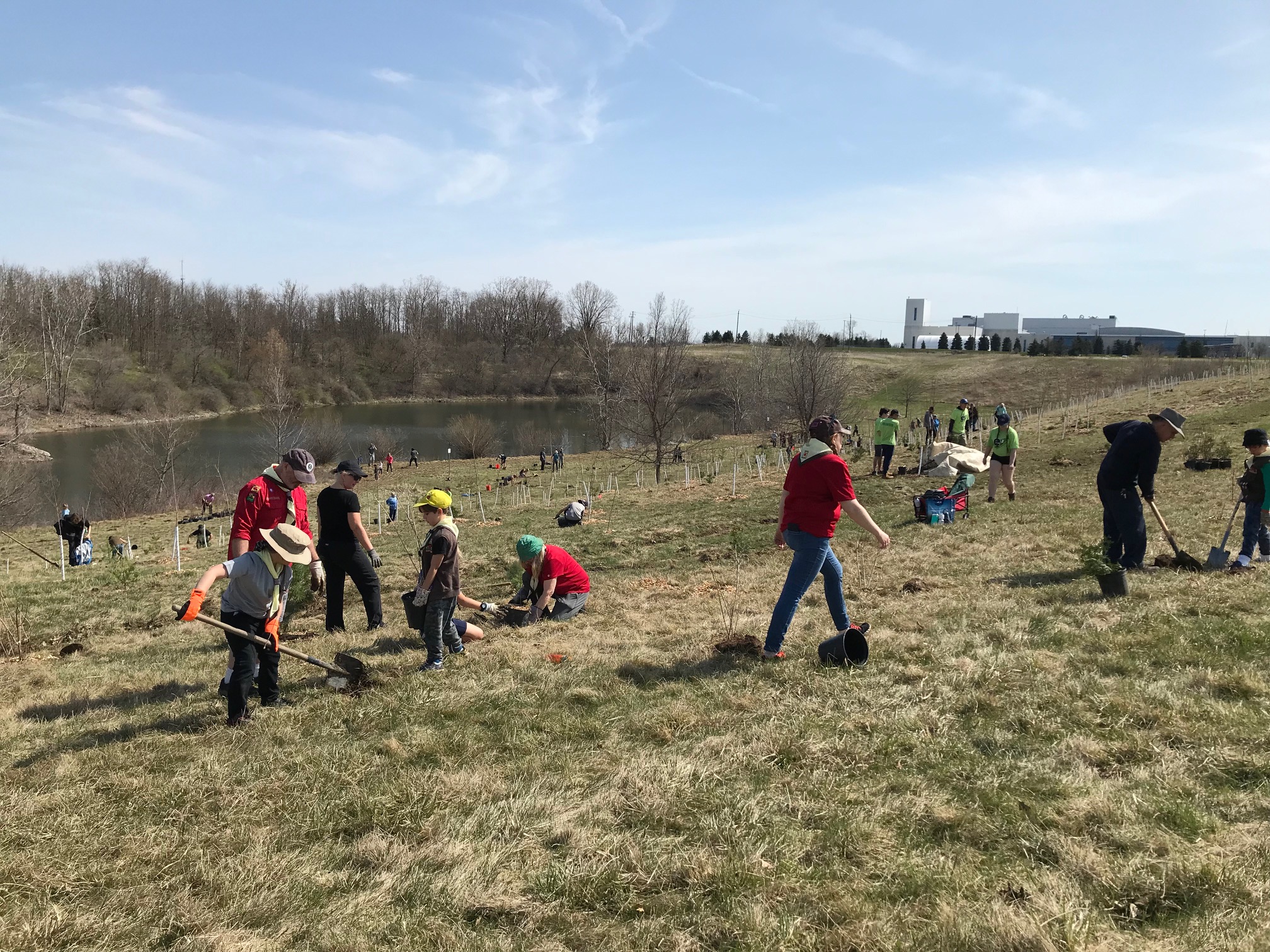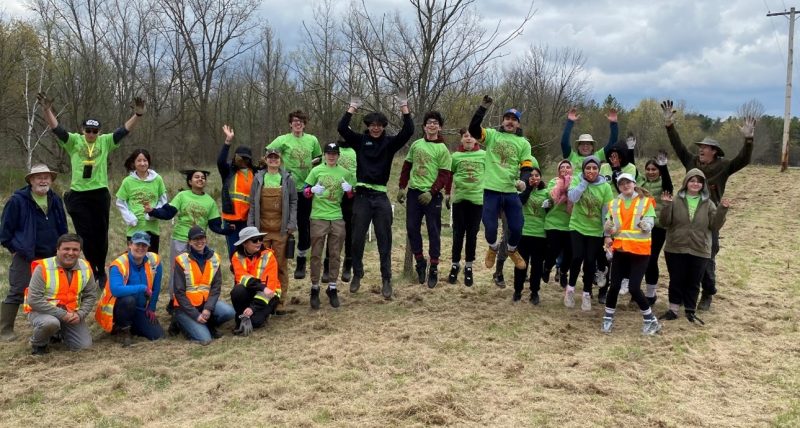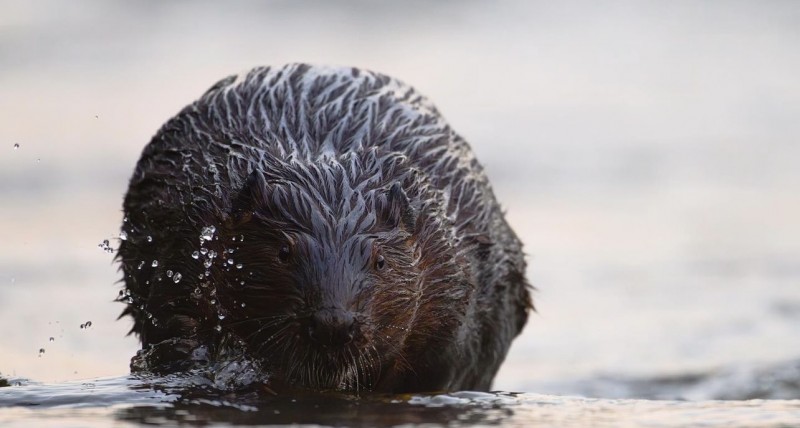According to scientists, the last ice age peaked between 18,000 and 22,000 years ago, before giving way to the interglacial Holocene epoch 11,700 years ago.
During the last ice age, Canada and much of the northern United States was covered in ice estimated to be as thick as 12,000 feet in some places.
As the glaciers receded, plants and animals returned to the land. As the climate warmed, those plants and animals adapted to the resulting geology, weather patterns and to each other and flourished and dominated the landscape. These lifeforms, that dominated the landscape before the arrival of Europeans, are often refereed to native plants and animals.
There is little doubt that modern society has changed the landscape, imported non- native plants and animals and reduced the habitat that our native species rely upon.
These imports from different places around the world have sometimes upset the natural balance that has existed. Non-native species can include plants and animals that co-exist with native species, however some we refer to as invasive species, can outcompete their native counterparts and cause extreme harm, in some cases the eradication of native species.
There is a growing initiative among many groups, organizations and individuals to try and enhance our local biodiversity by planting native species of plants and restoring habitats.
Since 2005, the Brant Tree Coalition, with the help of the community, has organized the planting of over 118,000 native and shrubs in Brantford and Brant County.
Native trees include white pine, white spruce, sugar maple, silver maple, red oak, white oak, burr oak, hackberry, and black cherry
Native shrubs include pussy willow, ninebark, high bush cranberry, staghorn sumac, red bud, service berry, nanny berry and red osier dogwood.
If you are interested in helping the Brant Tree Coalition plant trees, join them for their planting events in Spring 2023! Find out more information about them on our Events Page.
